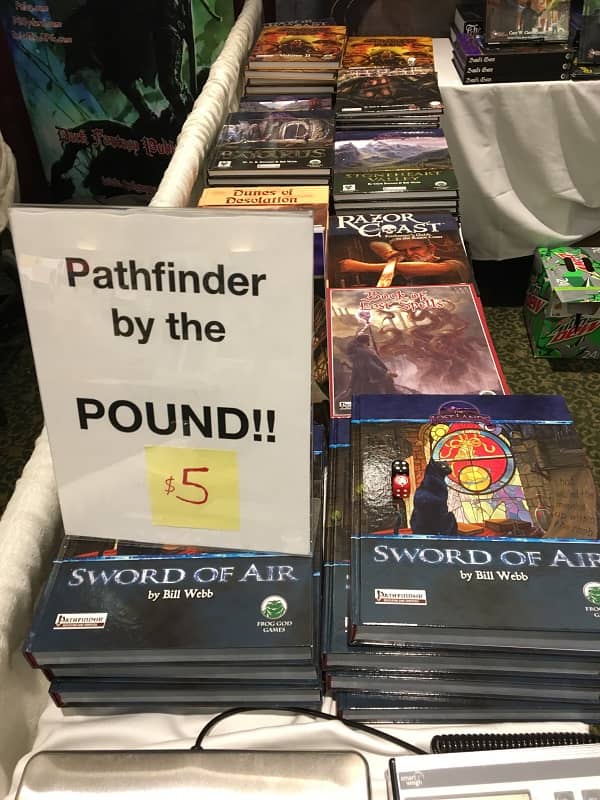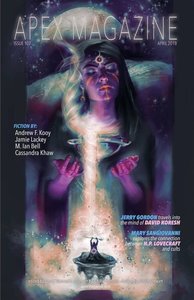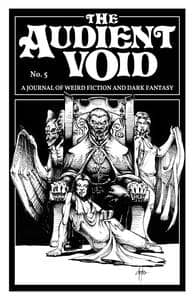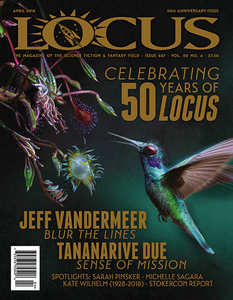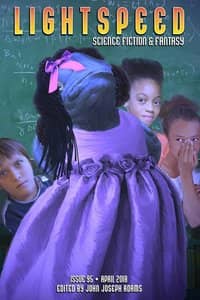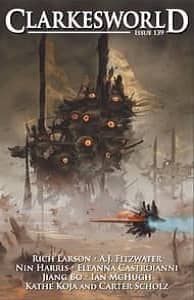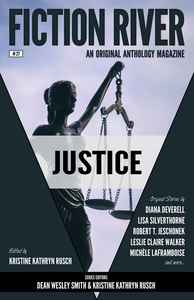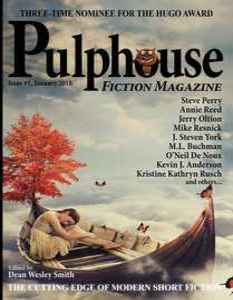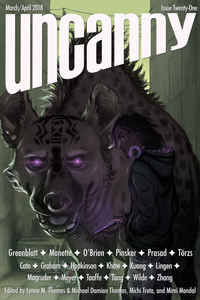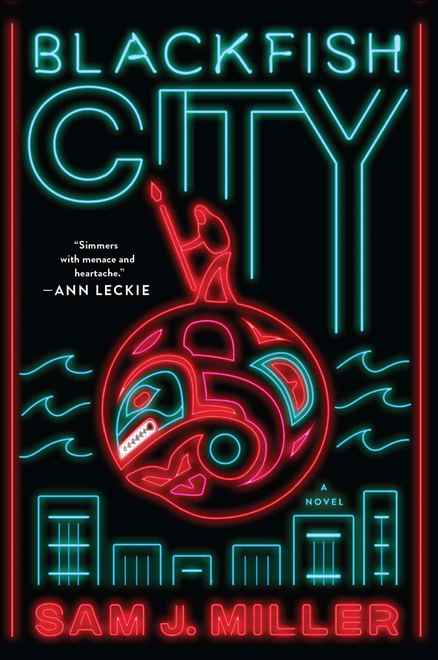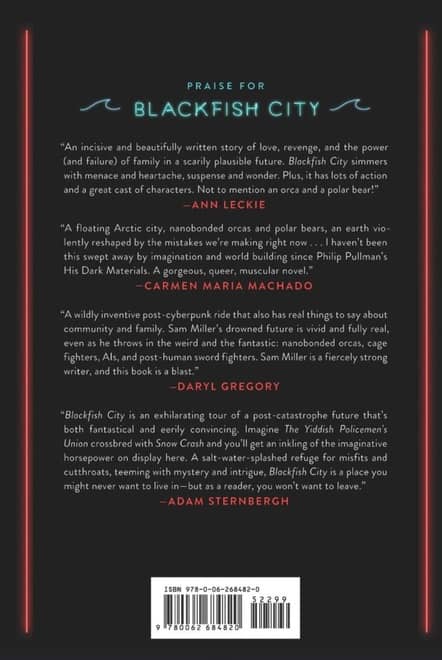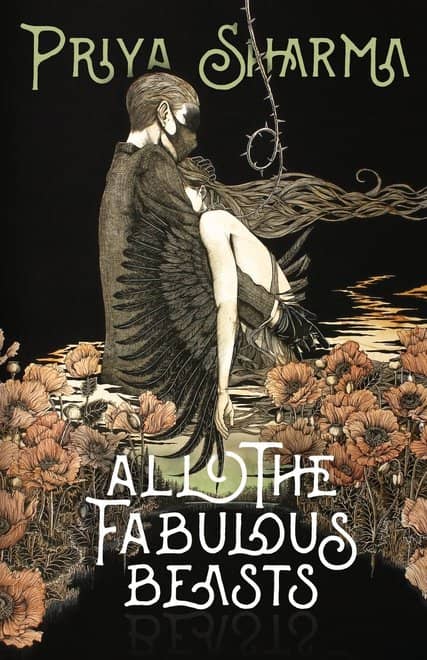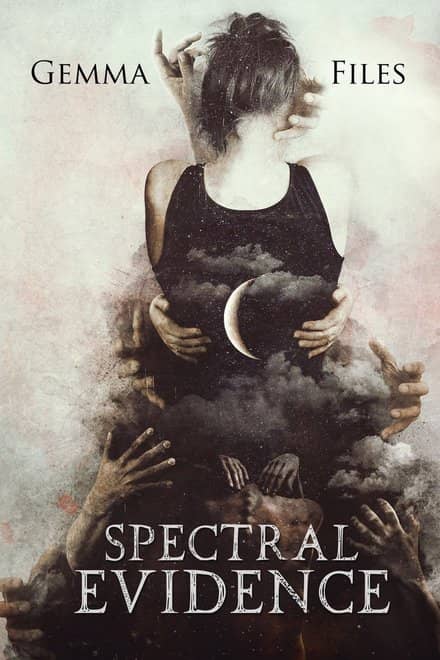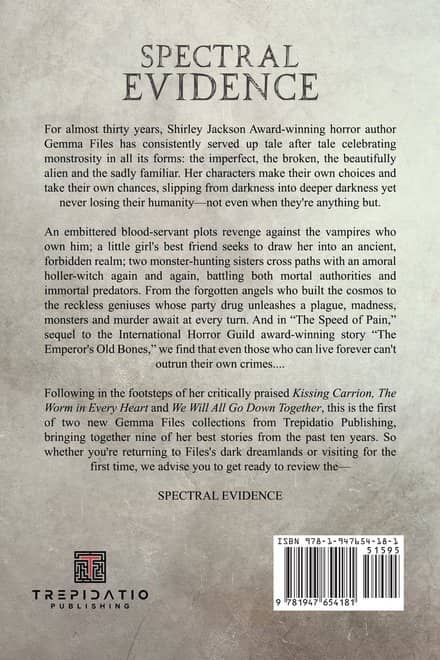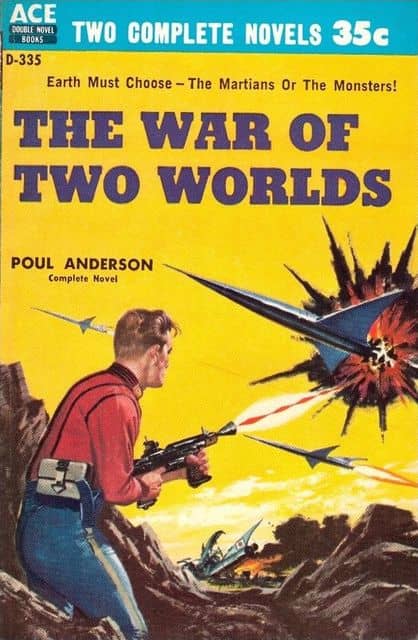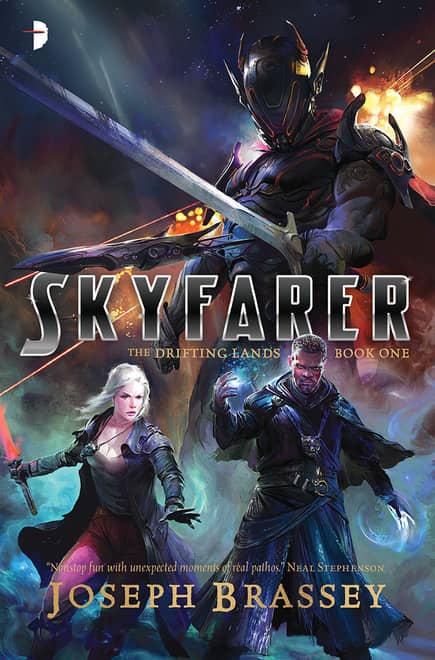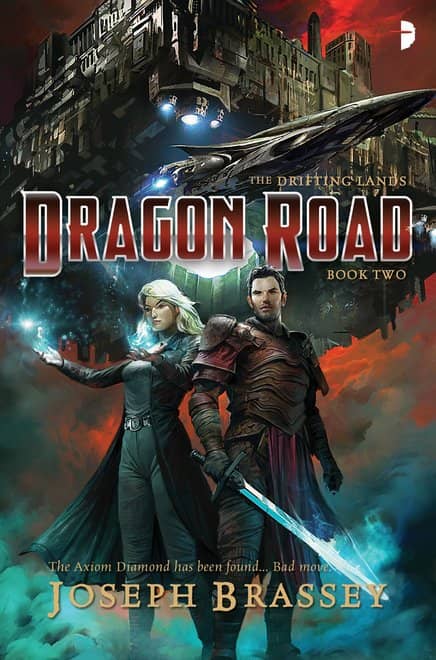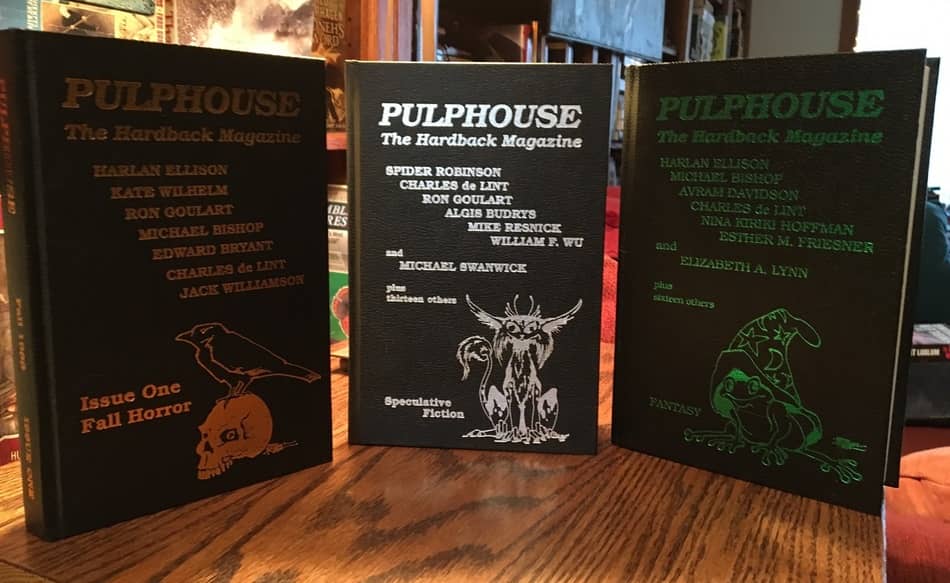The Barnes & Noble Sci-Fi & Fantasy Blog on the Best Science Fiction & Fantasy Books of April 2018
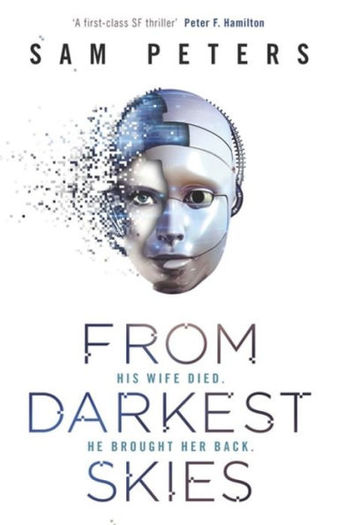 |
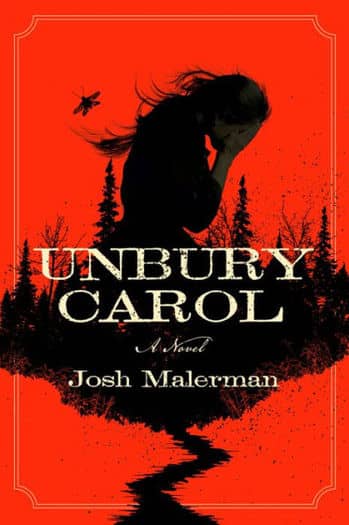 |
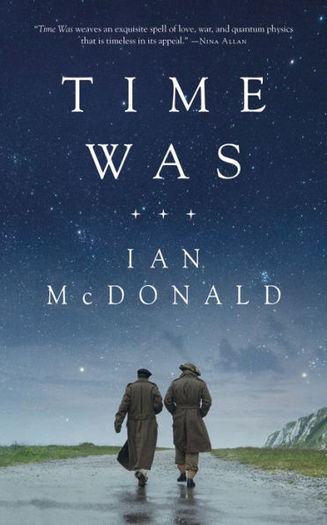 |
April is maybe the best month for new book releases so far in 2018. There’s a plethora of new titles I want to feature — and read — and I barely have time to keep tabs on them all. Jeff Somers at the Barnes & Noble Sci-Fi & Fantasy Blog isn’t helping the situation by highlighting over two dozen of the best new releases, including a fair number I was completely unaware of. Here’s a few of his more interesting selections.
From Darkest Skies by Sam Peters (Gollancz, 352 pages, $26.99 hardcover/$13.99 trade paperback, April 10)
Detective tropes are given a techno-philosophical twist in this sci-fi mystery. Two hundred years in the future, an alien race known as the Masters have terraformed Earth and spread humanity into the universe, settling us on dozens of colony worlds. Keon Rause is a government agent returning to service on the planet Magenta after a five year leave of absence while he mourned his wife, a fellow agent killed in a terrorist explosion while investigating an unknown lead. Rause isn’t alone; he’s come back with an AI version of his wife, a digital reconstruction crafted from every trace of data she left behind — and crafted with the purpose of helping him figure out how and why she really died. Cashing in every favor he has left from his previous life, he finds himself following in her footsteps even as he struggles with his feelings for the simulacrum he’s created. It all leads to an impossible choice when he and his team stumble onto a disaster in the making: save the planet and lose his wife forever, or let something terrible happen and solve the mystery?
From Darkest Skies is Sam Peters’ debut novel. The sequel, From Distant Stars, is already scheduled to arrive on August 21.
